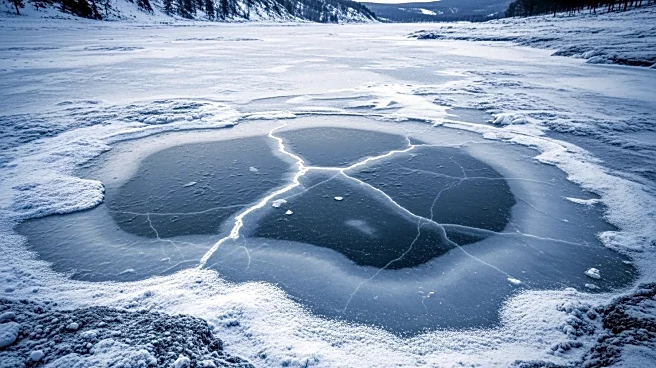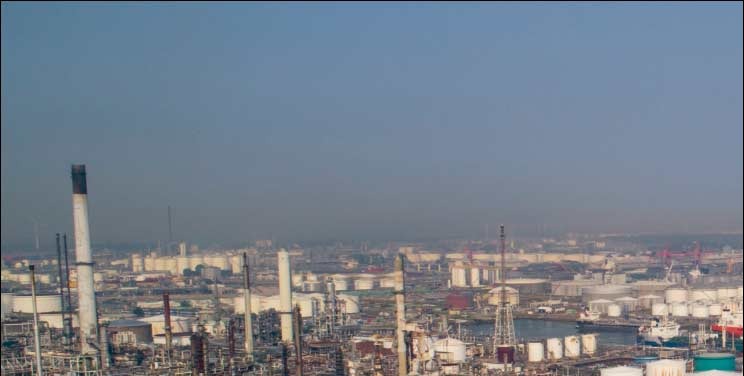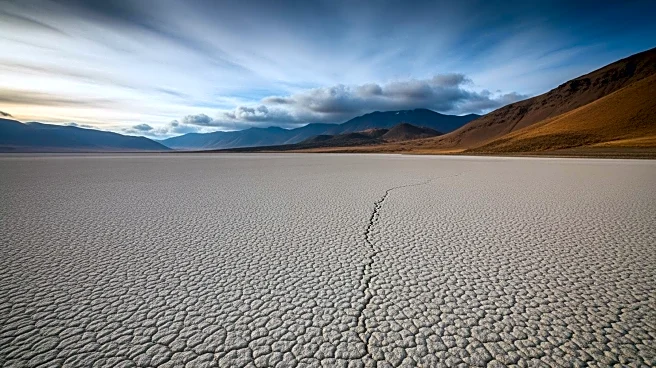What's Happening?
A team of Russian scientists has explored a mysterious crater in Siberia, uncovering a frozen lake beneath the 16-meter-deep pit. The crater, first reported in 2024, is believed to be the result of subterranean
gas eruptions breaking through thawing permafrost. The expedition revealed higher-than-average temperatures beneath the crater floor, raising questions about the thermal dynamics at play. Researchers are examining satellite images from the 1980s to determine if similar craters have formed in the past.
Why It's Important?
The discovery of these craters and their potential link to gas eruptions highlights the impact of climate change on permafrost regions. As permafrost thaws, trapped gases may be released, contributing to greenhouse gas emissions and altering local ecosystems. Understanding these phenomena is crucial for predicting future environmental changes and developing strategies to mitigate their effects. The research also emphasizes the importance of monitoring remote areas to detect and study geological changes that may have broader implications.
What's Next?
Scientists will analyze the collected samples and data to better understand the nature of these craters and their formation. The findings could provide insights into the effects of climate change on permafrost regions and inform future research on similar geological phenomena. Researchers are urging caution in drawing conclusions until the data has been thoroughly examined, emphasizing the need for continued study to ensure accurate understanding and response to these environmental changes.












